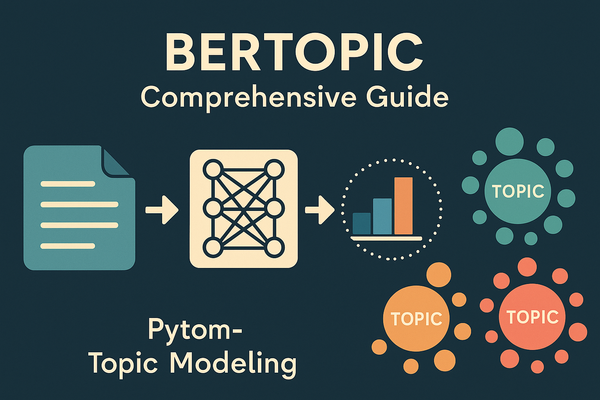PharmAssist AI: Detailed Implementation and Advanced AI Integration - Part 3
This installment dives into the technical implementation and sophisticated AI techniques that make PharmAssist AI a state-of-the-art tool for pharmaceutical research.

Introduction
Building on the foundation laid in our previous discussions about the purpose and data resources of PharmAssist AI, this third installment delves into the technical implementation and sophisticated AI techniques that make PharmAssist AI a state-of-the-art tool for pharmaceutical research.
Development Roadmap Overview
PharmAssist AI is designed to provide a seamless and intuitive experience for users querying about drug interactions, contraindications, and more. The development involves several key phases:
- Data Indexing and Extraction
- Interactive Question Interface
- LLM Integration for Dynamic Responses
- Data Visualization and User Education Tools
Let's explore these components in more detail.
1. Data Indexing and Extraction
The core of PharmAssist AI involves the sophisticated handling of large datasets, primarily through:
- Embedding Extraction: Using the pgvector extension in PostgreSQL, text data from the FDA drug labels are converted and stored as vector embeddings. This allows for the rapid and accurate retrieval of information based on semantic similarity rather than mere keyword matching.
- Keyword Extraction: Large Language Models (LLMs) are employed to extract relevant keywords and summaries from extensive drug descriptions. This facilitates quick scans and summaries of important information without the need for full-text reading.
2. Interactive Question Interface
PharmAssist AI features a user-friendly interface where users can pose questions such as, “What are the contraindications of Metformin?” or “Is this drug safe for pregnant women?” The system refines these queries using LLMs to ensure that the user’s intent is accurately captured, enhancing the relevance of the search results.
3. LLM Integration for Dynamic Responses
To generate precise and understandable responses, PharmAssist AI utilizes:
- LLM-Powered Responses: After refining the query and retrieving the relevant data via vector search, the extracted information is fed into an LLM. The model then generates a comprehensive, easy-to-understand response that includes not only the direct answer but also any relevant contextual information.
- Source Citation: Each response prominently cites the source sections from the FDA data, enabling users to trace the information back to the original documentation for further reading or verification.
4. Data Visualization and User Education Tools
- Static HTML Drug Profiles: For each drug, a complete profile is available in a simple, static HTML format, displaying all relevant drug information comprehensively.
- Study Guides and Educational Tools: Optionally, AI-generated study aids such as flashcards and analogies help users understand complex pharmacological concepts and mechanisms of action.
Technical Implementation Details
- Database and Data Model: Utilizing neon.tech for PostgreSQL hosting provides a robust and scalable database solution with built-in support for vector operations through pgvector.
- Open-Source and Proprietary Technology Blend: While embedding models from OpenAI offer a starting point, the use of open-source models like those from MixedBread enhances flexibility and reduces costs. Techniques like embedding quantization can be explored to optimize storage and retrieval efficiency.
- Question Transformation and Retrieval: The system transforms user questions into queryable forms, extracts vector embeddings, and performs a semantic search across the indexed database to retrieve the most relevant information.
- Application Deployment: The front-end application can be built using Streamlit, providing an interactive and user-friendly interface hosted directly on Cloud platforms.
Example Use Case
Consider a user querying, “How does Januvia work?” PharmAssist AI processes the question, retrieves information about Januvia’s mechanism of action from the database, and provides a detailed yet concise explanation using LLM-generated text. The answer includes links to the data sections used, ensuring transparency and further learning opportunities.
Conclusion
PharmAssist AI not only represents a technological advancement in the field of pharmaceutical research but also exemplifies the practical application of AI and machine learning to improve information accessibility and understanding in critical sectors like healthcare.
This system promises to be an invaluable tool for professionals and students alike, offering rapid answers and deep insights into the complex world of pharmaceuticals.



